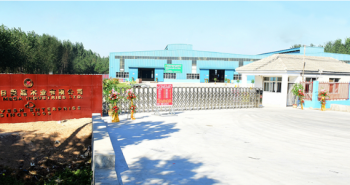Density
Hardboards > 900kg/m3
Mediumboards* > 400kg/m3 to <900kg/m3
Softboards > 230kg/m3 to <400kg/m3
*Mediumboards (which should not be confused with Medium Density Fibreboard – MDF) can be sub-divided into:
Low density mediumboards 400kg/m3 to <560kg/m3
High density mediumboards 560kg/m3 to <900kg/m3
Composition & Manufacturing process
Wet process fibreboards can be made using either softwood or temperate hardwood species (or both) (some low density mediumboards are made from recycled paper fibre). Wood chips are thermally softened in water and then mechanically refined into fibres. The wet fibres are formed into a mat which is either rolled (softboards), or rolled and then pressed, at a high temperature to the desired thickness. The primary bond is generally derived from the felting together of the fibres and their inherent adhesive properties although in some instances a synthetic adhesive may be added to the fibres. Other additives such as wax, bitumen emulsion, natural oil, fire retardant chemicals may be added.
The differentiating feature between a wet process and dry process fibreboard is that the wet process fibreboards have a fibre moisture content of more than 20% at the forming stage whereas dry process fibreboards have a fibre moisture content of less than 20% at the forming stage and they are produced with the addition of a synthetic resin binder.
Applications
Wet process fibreboards find use in a wide range of construction and furniture related applications.

